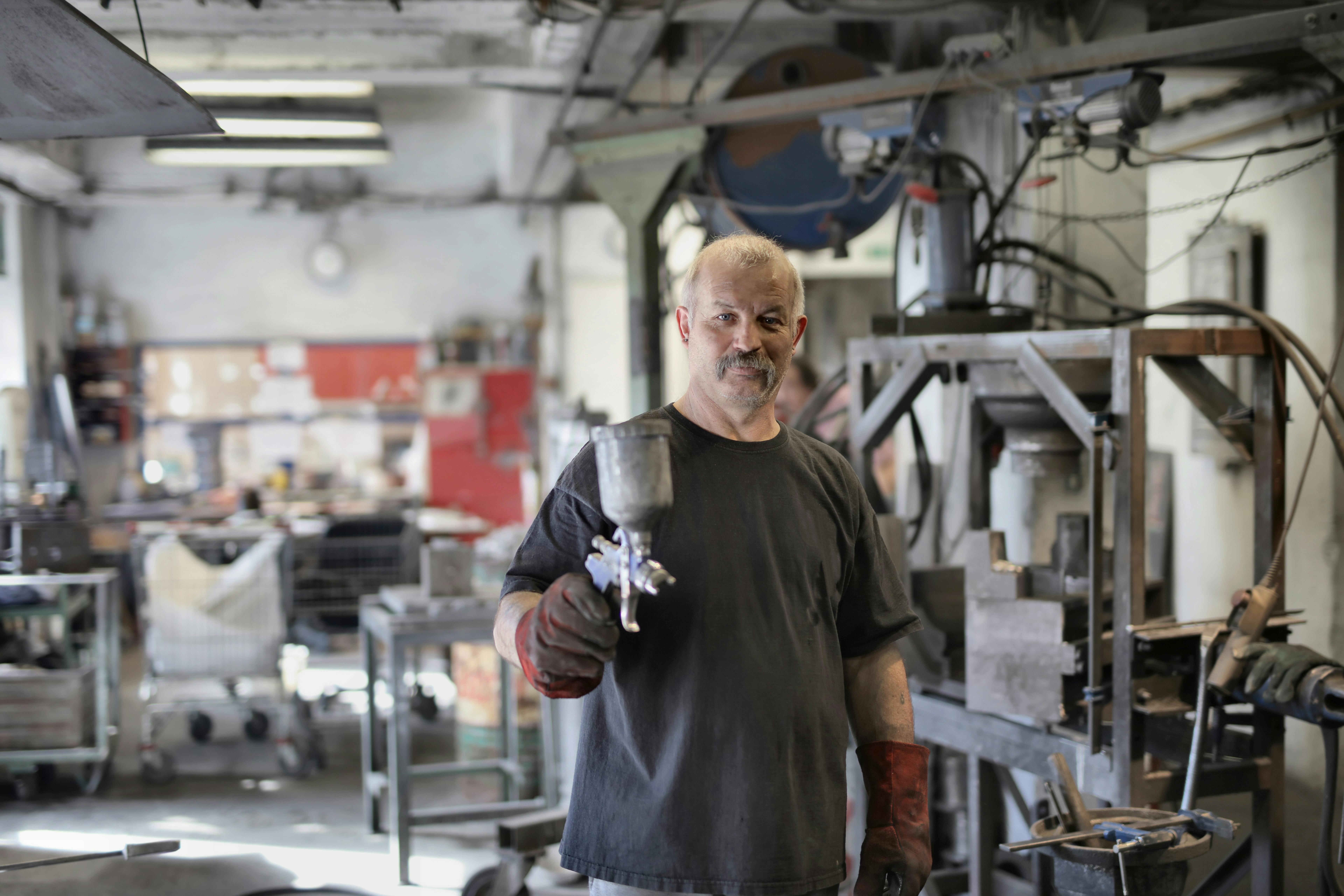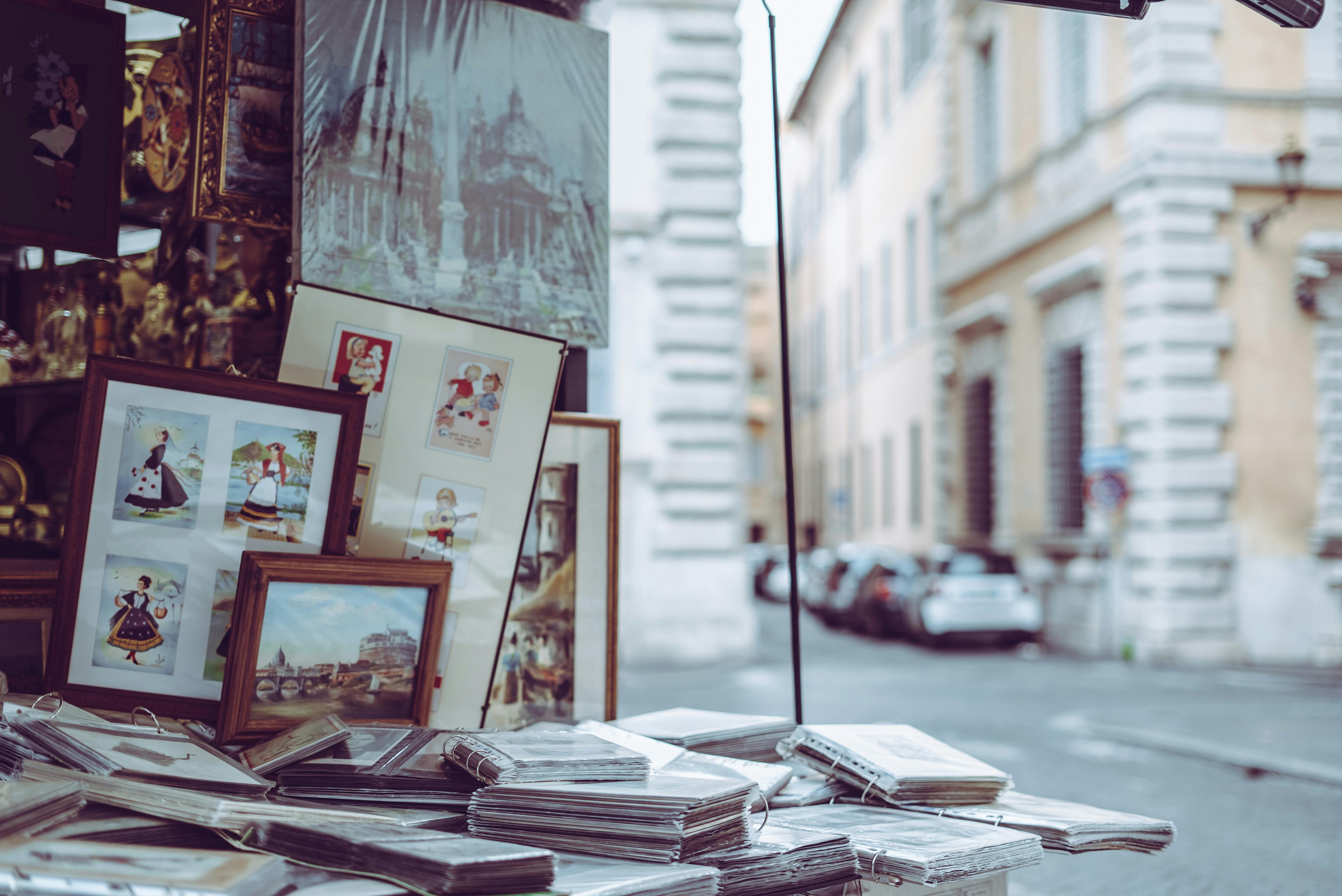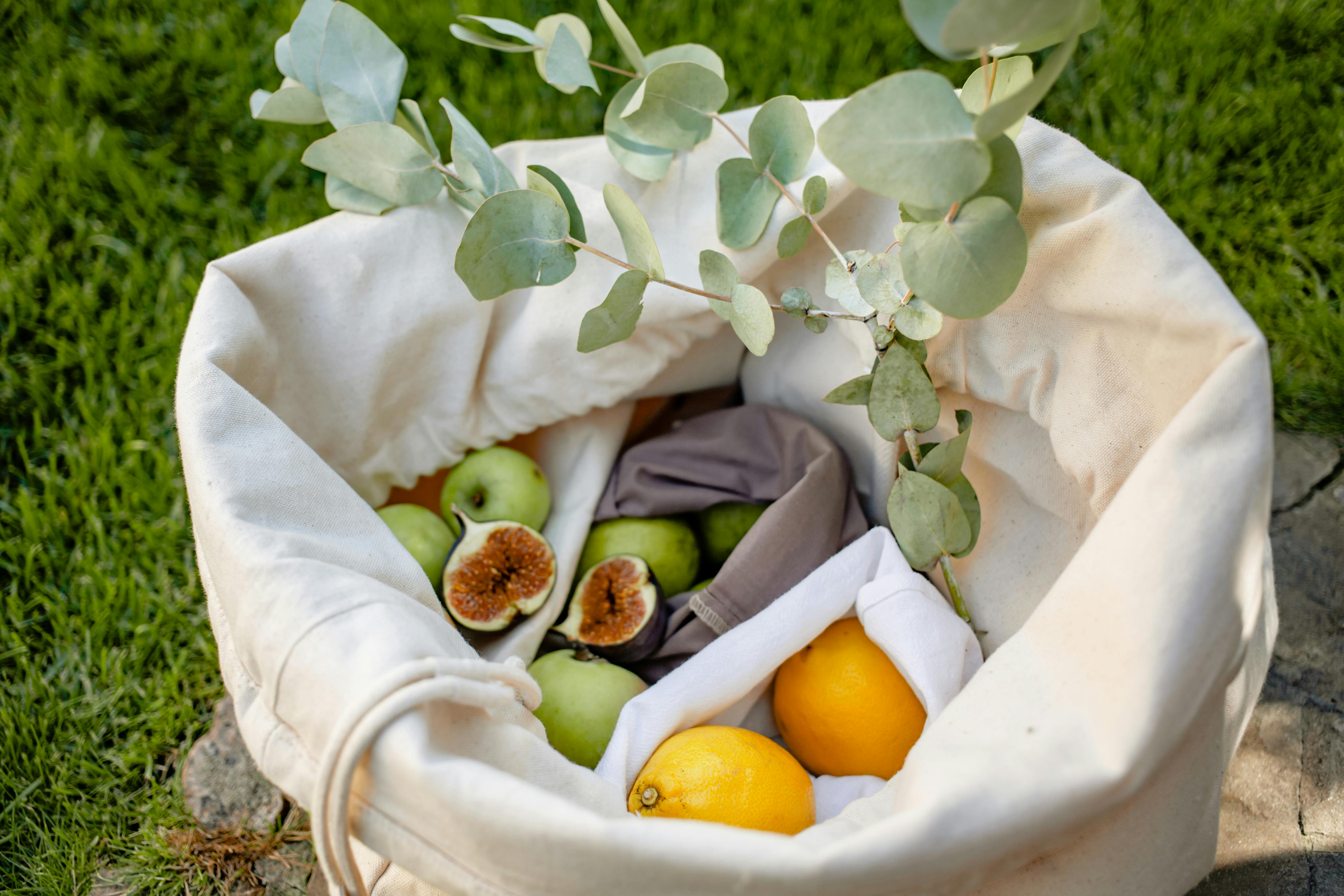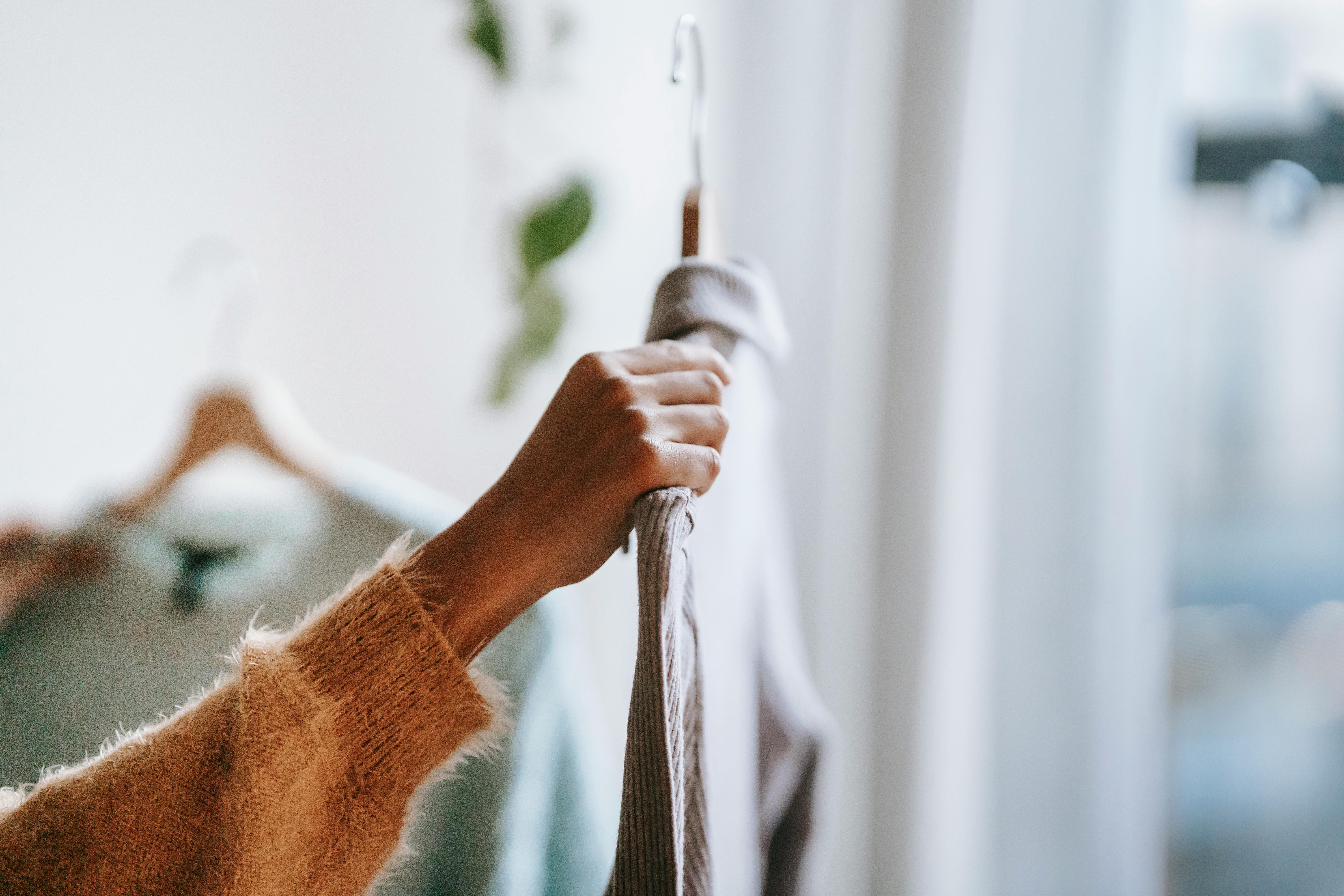Have you ever wondered what that symbol is stamped on the tail of every Malaysian plane that is flown by the Malaysia Airlines System (MAS)? Although for most of the people, it is nothing more than an emblem, it has great meaning to each and every Malaysian that makes them proud. Known as ‘wau’, it is one of the oldest traditional games in Malay culture. Dancing in the blue sky, a Wow or the kite is accompanied by a hummer, which produces various hums and purrs as it soars above the wind. There is something mystical about the way this kite defies gravity by swinging and slowly climbing through the sky.
The kites are flown after the rice harvest season ends. People are happy and free to pursue their hobbies. A Malayan kite combines the best of skilled workmanship, stunning colors and decoration. It showcases the creativity of the Malays and their craftsmanship in creating a unique art form that is of the highest possible aesthetic standard. A Malayan kite is not a schoolboy’s toy as it is usually 1.5 meters by 1.7 meters. Is called Wow because the shape of its wing is similar to an arabic letter that is pronounced as “wow”. The word “wau” has also been postulated to have originated from the Dutch word “wauw” which refers to a large predatory bird found in Southeast Asia. When Melaka fell to the Dutch in 1641, the word found its way into the local population.
wow It can appear in all kinds of forms, but the main three are the famous Wau Bulan or moon kite, named for the shape of its crescent tail, the Wau Jala Budi or female kite, which takes on the curves of a woman. , and the Wau Burung. Puyuh, the broken quail kite with bars. Despite their different names, these kites share the same basic bird shape, with slight variations in their wings and tail.
The history and legends associated with the Malayan kite are as colorful as its designs. In ancient times, the coastal inhabitants of the Malay Peninsula used kites fitted with lines and hooks for fishing. Kites were also flown to act as flying scarecrows while farmers were busy in the paddy fields. In an episode of the Makyong dance, a love story culminates in a happy ending when two lovers meet again in an unusual mode of transportation. Clinging to a giant kite blown into the air by monsoon winds, a Malay prince flew towards his beloved and landed in his enchanted castle amidst the clouds. The wau has played an even more dramatic role in battle against a foreign army. Legend has it that a Malay army was surrounded and about to surrender for lack of food and water. One stormy night, the chief of the warriors ordered his troops to fly a large number of kites equipped with bows. The loud buzz that was created scared the enemy forces, who did not want to fight against what they perceived to be demonic forces from heaven!
It takes 2 days to 2 weeks of skill and patience to make a Wow. The frame is made of bamboo stalks, which are divided into thin strips. The best species of bamboo for kiting is spiny bamboo, which is strong yet flexible. Each frame of a kite must have a ‘head’, a ‘spine’, a ‘waist’, a ‘wing’ and a ‘tail’. After the frame is built, the designs are traced onto a glossy, stained satin paper and then carefully cut and glued onto the paper which is glued to the bamboo frame. The humming bow is attached to the kite’s head, which is finally decorated with tassels on the tail to produce the “song” of the kite.
Each Wow it is designed according to its own set of elaborate motifs, adhering to the traditional style of art expected of every design. All designs must have a central flower called ibu from where vines, leaves and flowers sprout. The vine symbolizes the life path of a man and the flowers, the women. The more winding the vines, the more twists and turns in a man’s life means the more interesting the person’s life is. On older kites, flowers were depicted from the side and back, analogous to the shy and reserved nature of women in those days, who never looked you directly in the face. Today, the flowers are depicted from the front. The center sections of the left and right sides of the wings are left unpatterned to provide balance with the decorated areas. This empty area is called the “golden deer” and it prevents the kite from being overwhelmed by too many patterns.
Apart from patterns, the choice of colors is also important in determining quality. Colors that clash or show strong contrast are frowned upon. Complementary or harmonious colors reflect the emotional state of the kite maker. Soft colors, such as shades of blue and purple, indicate that the kite maker has a serene nature.
For other related articles, visit ([http://www.mycraftoutlet.com/articles.htm])




